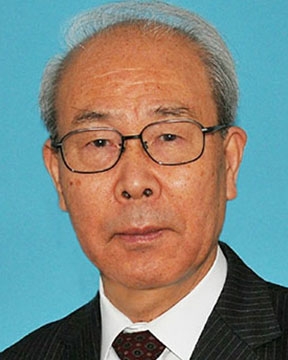
 |
Tateo UsuiOsaka UniversityThe State-of-the-art Gas Carburizing Method Of Solid Steel For Minimizing Both Hydrocarbon Use And Co2 Emission By Selective Removal Of H2 From The Furnace Poveromo International Symposium (8th Intl. Symp. on Advanced Sustainable Iron & Steel Making) Back to Plenary Lectures » |
Abstract:Gas carburizing of solid steel is carried out by using much amount of hydrocarbon in order to keep the furnace atmosphere as long as constant, because carbon from hydrocarbon is consumed for carburization of steel surface and hydrogen remains in the furnace. In the present study, selective removal methods of H2 were surveyed and fundamental experiment was done by using Proton Conductor SrZr1-xYxO3-a , which was prepared by spark plasma sintering method; hydrogen gas was separated from wet simulated coke oven gas atmosphere at high temperature successfully. At the same time, reported method to selectively remove H2 was also applied to bench scale furnace for gas carburizing of solid steel by using gas filter module made of poli-imido fiber tube. The control of the furnace atmosphere was very important to keep it constant, which was also studied numerically as well as experimentally. Finally, selective removal of H2 from the furnace was verified experimentally and the flow rate of so-called “carrier gas” (hydrocarbons) could be reduced more than 75 % under the condition of the same quality of steel surface by the carburization treatment. As a result, exhaust gas volume could also be reduced and the burnt exhaust gas, namely, CO2 emission was minimized. |
|